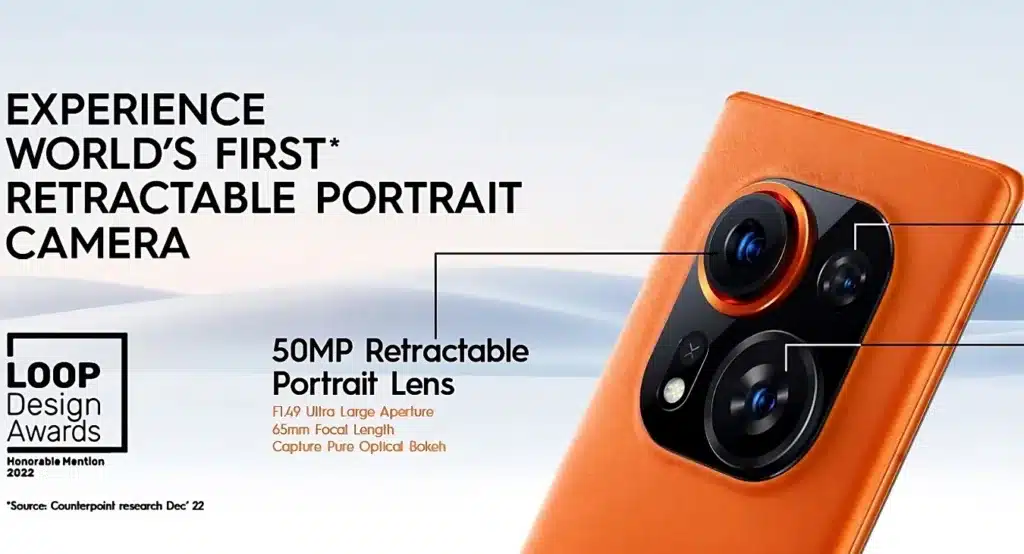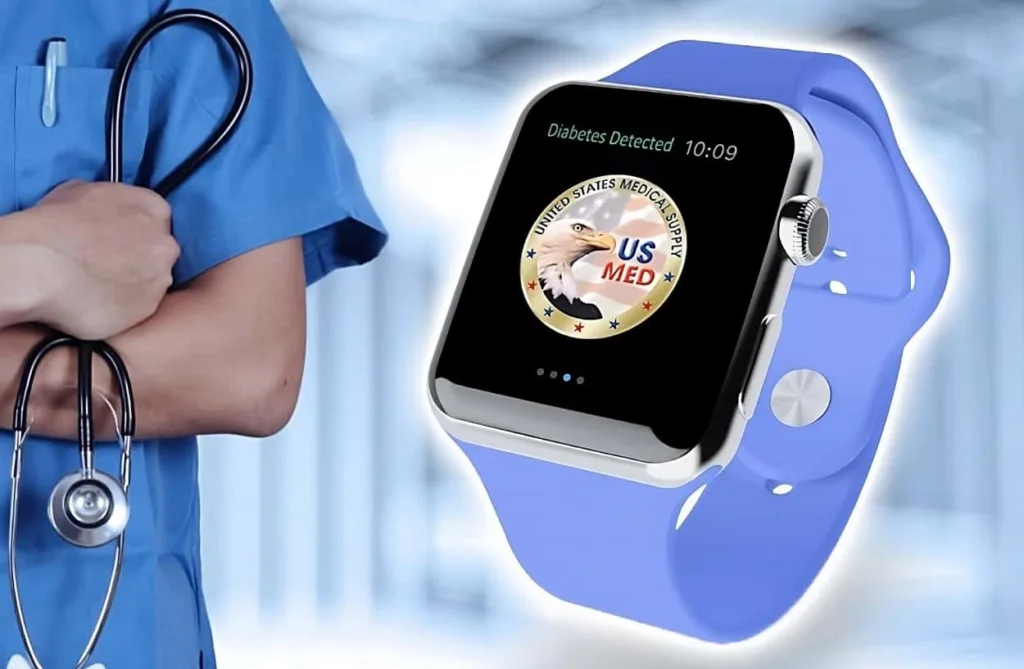End-to-End Encryption (E2EE) is a method of securing communication so that only the sender and the intended recipient can read the message. Even the service provider (like WhatsApp, Signal, or email servers) cannot access the content of the communication.
With E2EE, Best Unbreakable Security, your data is protected from anyone who shouldn’t see it. This is why E2EE is key in keeping your privacy and information safe. It’s a must-have in fields like finance and healthcare.
In today’s world, data breaches and cyber threats are everywhere. End-to-end encryption (E2EE) is the top choice for keeping your messages safe. It makes sure your messages are locked on your device and unlocked only on the recipient’s.

Key Takeaways
- End-to-end encryption ensures maximum privacy and data security.
- E2EE only allows the sender and recipient to access the communicated information.
- Unbreakable security from cyber threats is a big plus of E2EE.
- This tech is vital for industries with sensitive info.
- Using E2EE boosts your data protection a lot.
What Is End-to-End Encryption?
Understanding end-to-end encryption (E2EE) is key to secure communication. It changes how we share sensitive messages. Only the person it’s meant for can read it.
This encryption method starts on the sender’s device. It can only be unlocked by the recipient’s device. This keeps your data safe from hackers and internet providers.
Understanding the Basics of E2EE
E2EE uses special encryption keys for each device. When you send a message, it’s encrypted with the sender’s key. This makes it unreadable to anyone who tries to intercept it.
Only the recipient’s matching key can unlock the message. This ensures your messages stay private. Without both keys, your data is safe.
🧠 How It Works
- Encryption at the source: Data is encrypted on the sender’s device before transmission.
- Decryption at the destination: Only the recipient’s device can decrypt the message using a unique key.
- No intermediate access: Servers that relay the message cannot decrypt or view the content.
🔐 Security Mechanisms
E2EE typically uses asymmetric encryption, which involves:
- Public Key: Used to encrypt the message. Shared openly.
- Private Key: Used to decrypt the message. Kept secret by the recipient.
This ensures:
- Confidentiality: Only the intended recipient can read the message.
- Integrity: Any tampering during transit can be detected.
- Authentication: Verifies the identity of the sender using digital signatures.
🛡️ Why It’s Considered Secure
- Even if the data is intercepted, it remains unreadable without the private key.
- It protects against surveillance, data breaches, and unauthorized access—even from the service provider itself.
🔐 How E2EE Is Secured
1. Encryption Algorithms
- Asymmetric encryption: Uses a public key to encrypt and a private key to decrypt.
- Symmetric encryption: Sometimes used for speed, with keys exchanged securely via asymmetric methods.
- Common algorithms:
- RSA: For key exchange and digital signatures.
- AES: For fast, secure symmetric encryption.
- Elliptic Curve Cryptography (ECC): Efficient and secure for mobile devices.
2. Key Exchange Protocols
- Diffie-Hellman (DH) or Elliptic Curve DH (ECDH): Securely exchange keys without revealing them.
- Perfect Forward Secrecy (PFS): Ensures that even if one key is compromised, past communications remain secure.
3. Authentication & Integrity
- Digital signatures: Verify sender identity.
- Message Authentication Codes (MACs): Detect tampering.
- Hashing algorithms: SHA-256 or stronger to ensure data integrity.
How End-to-End Encryption Differs From Other Encryption Methods
End-to-end encryption (E2EE) is different from other encryption methods. In-transit encryption protects data while it’s being sent, but it’s decrypted at servers first. E2EE keeps data encrypted from start to finish. This means only the sender and receiver can see the data, making it safer.
E2EE uses a special kind of encryption called asymmetric encryption. It uses a public key to encrypt and a private key to decrypt. This is more secure than methods that use the same key for both. It makes your messages private and safe from hackers.
Benefits of Using End-to-End Encryption for Data Security
Secure communication is built on trust and integrity. Using e2ee greatly boosts your privacy, making sure only you and the sender can see messages. This is key in today’s world, where hackers and snoops can steal important info.
Enhanced Privacy Protection
End-to-end encryption is a big win for privacy. It keeps messages safe from prying eyes, including service providers. Your chats stay private, protecting your personal and work info from unwanted viewers.
The encryption used in e2ee acts as a shield against threats. It keeps your messages safe from hackers and data breaches.
Protection Against Data Modification
E2ee also guards against changes to your messages. It uses special encryption that keeps your messages private and unchanged. This means your messages stay true to form, without any tampering.
Applications to Use E2EE in Secure Communication
📱 E2EE in Popular Messaging Apps
| Platform | E2EE Enabled By Default | Encryption Protocol | Unique Features |
|---|---|---|---|
| Signal | ✅ Yes | Signal Protocol | Open-source, PFS, metadata protection |
| ✅ Yes | Signal Protocol | Group E2EE, backups can be encrypted | |
| Telegram | ❌ No (only in Secret Chats) | MTProto | Optional E2EE, cloud-based chats not encrypted end-to-end |
| iMessage | ✅ Yes | Apple proprietary | E2EE for messages, but backups may be accessible to Apple |
| Zoom | ✅ Yes (optional) | Zoom E2EE protocol | Must be enabled manually for meetings |
Secure Email Services
Secure email services like ProtonMail show how end-to-end encryption (E2EE) works well for emails. They encrypt your emails so only the person you send it to can read it. This is great for keeping emails private, whether you’re an individual or a business.

Industries That Implement End-to-End Encryption
End-to-end encryption is key to keeping data safe in many fields. Healthcare, finance, telecom, and education use it to protect sensitive info. In healthcare, it keeps patient data safe during online visits and in electronic health records.
This meets rules like HIPAA, making sure patients and doctors can talk securely.
In finance, banks use end-to-end encryption (e2ee) to keep transactions and customer chats safe. This maintains user privacy and adheres to important rules, building trust. E-commerce and online learning also use end-to-end encryption (E2EE) to keep data safe and build trust with users.
Exploring the Challenges and Limitations of E2EE
End-to-end encryption (E2EE) is very secure, but it has its challenges. One major issue is the vulnerabilities that could compromise its security. These weaknesses often happen at the endpoints, where devices can intercept communications before or after encryption.
This makes it easier for attackers to get to secure information.
Potential Vulnerabilities in E2EE
Even though messages are encrypted while in transit, vulnerabilities at endpoints remain a significant concern. If a device is compromised, it can weaken your security. Without strong protection for these endpoints, your data could be at risk.
Also, E2EE doesn’t protect metadata. This means details like who you’re talking to and when can be seen. This can hurt your privacy.
The Debate Surrounding E2EE
The debate on E2EE goes beyond just technical issues. Law enforcement worries that strong encryption makes it hard to catch criminals. This debate shows the tough balance between privacy and public safety.
The impact of E2EE on data access has led to significant discussion. This is true in both the tech world and in public policy.

How to Implement End-to-End Encryption in Your Communications
To secure your communications, start by picking the right encryption protocol. It’s key to create public and private keys for each user. This lets you encrypt messages safely.
Using HTTPS for your communication channels adds extra security. Two-factor authentication also helps keep your data safe. Keeping your software up to date is important for the latest security features. These steps help protect your communications and ensure compliance with data protection laws.
Conclusion
🧰 Want to Implement E2EE Yourself?
If you’re building a secure system, here are some libraries and tools:
- Libsodium or NaCl: Easy-to-use cryptographic library.
- OpenSSL: Powerful but complex.
- Web Crypto API: For browser-based encryption.
- Matrix Protocol: For decentralized encrypted messaging.
End-to-end encryption is key to keeping your online chats safe and private. It locks your data on your device, making it hard for others to get in. This makes E2EE the top choice for secure chats.
Using E2EE boosts your privacy and helps companies follow strict data rules. As cyber threats grow, this protection is more important than ever. It keeps your personal info safe from hackers.
With E2EE, you can trust your online talks more. It keeps your chats private, which is good for both personal and work relationships. This trust is essential in today’s digital world.
FAQ
What is end-to-end encryption (E2EE)?
End-to-end encryption (E2EE) makes sure only the sender and the receiver can see the data. It encrypts the data on the sender’s device. Only the receiver can then decrypt it, keeping it safe from hackers and service providers.
What are the benefits of using E2EE for secure communication?
E2EE offers better privacy and protects data from being changed without permission. It also meets data protection laws. This way, sensitive information stays safe and private.
Which applications utilize end-to-end encryption?
Apps like WhatsApp, Signal, and Telegram use E2EE. Secure email services like ProtonMail also use it to keep messages and data safe.
How does E2EE differ from in-transit and at-rest encryption?
E2EE keeps data encrypted all the way from the sender to the receiver. It doesn’t let third parties see the data. This is different from in-transit encryption, which decrypts data at servers.
What industries benefit from implementing E2EE?
Healthcare, finance, telecom, and education all gain from E2EE. For example, it keeps patient data safe in healthcare and protects financial transactions.
What challenges exist with end-to-end encryption?
One big challenge is that E2EE can be vulnerable if devices are compromised. It also doesn’t protect metadata, which can reveal communication details.
How can I implement E2EE in my communications?
To use E2EE, choose a good encryption protocol and make public and private keys for each user. Securely share these keys. Using HTTPS and two-factor authentication can also boost security.



